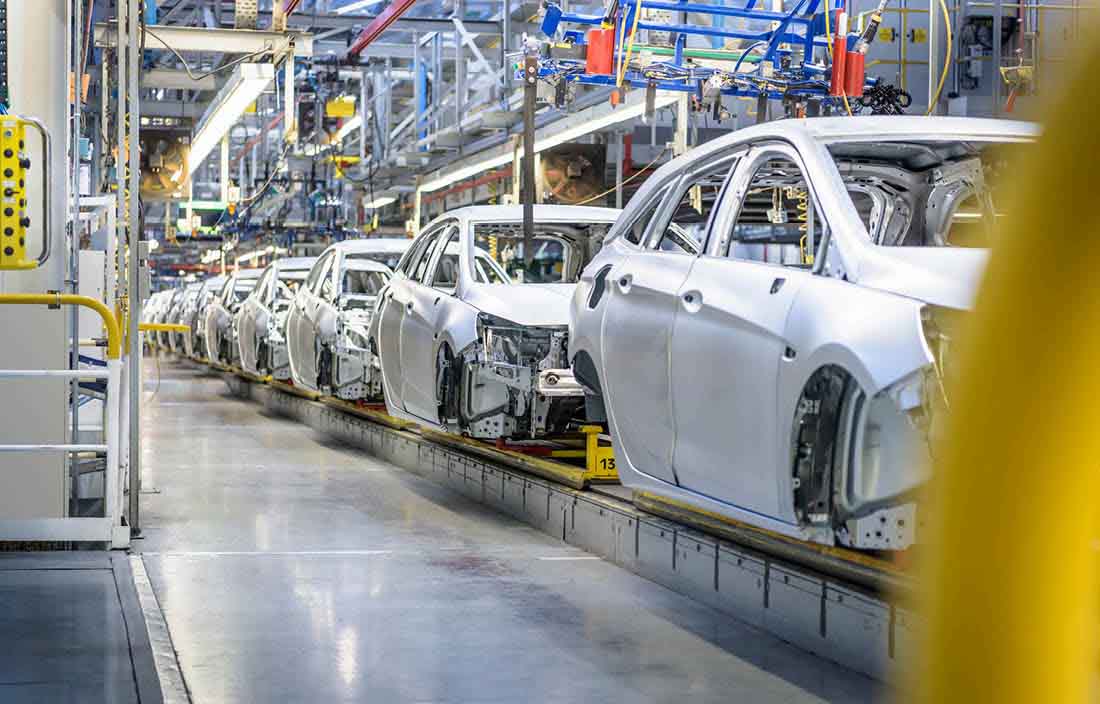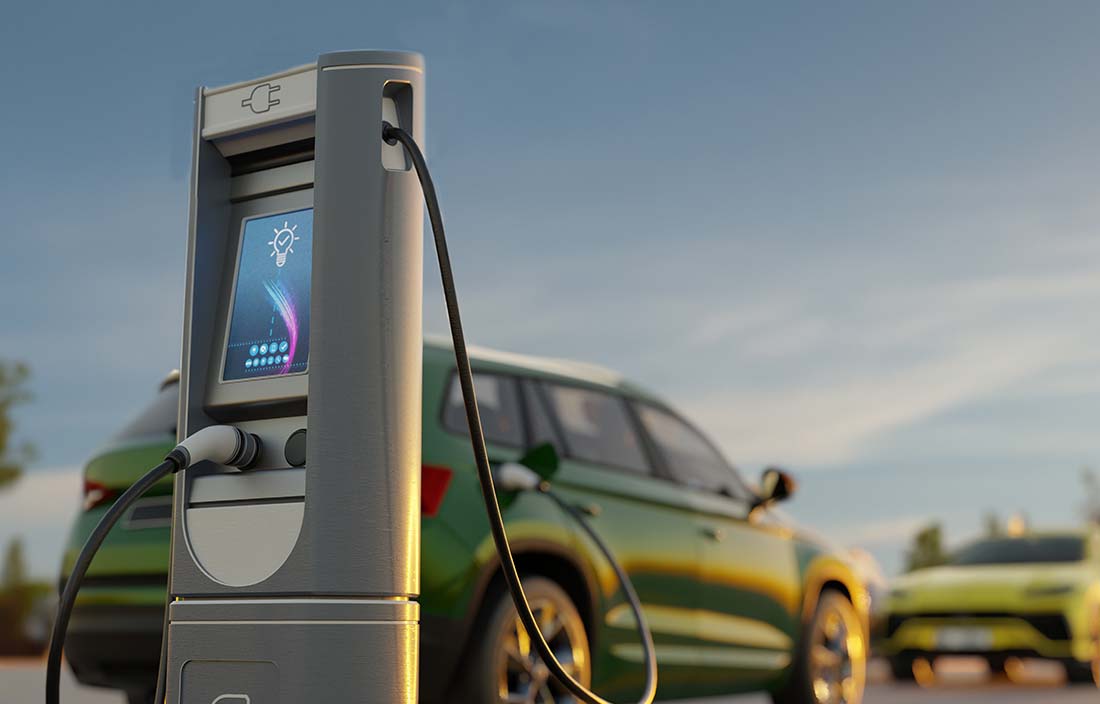Driving innovation in vehicle lightweighting
 U.S. consumer preference for crossovers, SUVs, and light trucks is leading to larger, and therefore heavier, vehicles on the road today. And heavier vehicles place greater demands on internal combustion engine (ICE) powertrain systems. Alternative ICE powertrain technologies, such as hybridization and smaller turbocharged engines, have made improvements in efficiency, but they only go so far.
U.S. consumer preference for crossovers, SUVs, and light trucks is leading to larger, and therefore heavier, vehicles on the road today. And heavier vehicles place greater demands on internal combustion engine (ICE) powertrain systems. Alternative ICE powertrain technologies, such as hybridization and smaller turbocharged engines, have made improvements in efficiency, but they only go so far.The appetite for larger vehicles affects OEMs’ vehicle mix, which in turn challenges OEMs’ ability to meet the U.S. government’s Corporate Average Fuel Economy (CAFE) standards. These standards call for OEMs to meet fleet-wide targets by 2026: 56 miles per gallon for passenger cars and 39 miles per gallon for light trucks. The standards are complex, and missing the targets can have significant consequences — economic and otherwise — for OEMs.
At the same time, electric vehicles (EVs) offer greatly reduced emissions, but consumer anxiety about vehicle range can impact adoption. Increased range can be achieved through a larger battery pack, but that significantly increases the cost and mass of the vehicle. Lightweighting will be critical to improving efficiencies to comply with fleet-wide targets.
Lightweighting will be critical to improving efficiencies to comply with fleet-wide targets.
Lightweighting and the EV transition
Changes in materials will play a key role in the efficiency challenge facing vehicle OEMs, and much of the solution will come from the supply base. It will be imperative for suppliers to support OEMs by designing components with less material or alternative materials to reduce total mass. Suppliers’ design and manufacturing innovations will help OEMs meet future regulatory targets and satisfy consumer requirements for vehicle performance, safety, affordability, and — in the case of EVs — range.
Lightweighting initiatives to achieve fleetwide CAFE fuel economy standards will need to take place in parallel with the transition to electrification. Electric vehicles are about 25% heavier than their ICE counterparts, according to estimates. Weight reduction to achieve a more efficient energy-to-mass ratio is required for improved battery range, yet some new electric SUV and light truck models are pushing the scale past the three- and four-ton mark.
Evolving materials for reducing ICE and electric vehicle mass
Suppliers and OEMs must rethink the material applications used in production today. New metal alloys and plastic resins (among other materials) will continue to be developed and studied, while utilization of existing materials in new applications is also likely. Expect to see changes in the proportion of materials used in production, with steels declining and aluminum and composites gaining vehicle share.
Some components that previously were made from steel, such as seat frames, are now being designed in plastic. Such advances can reduce mass, but also have implications, and safety and other requirements must still be met. As materials shift, suppliers will need to consider and actively manage the tradeoffs. New constraints will dictate what you can do from a materials standpoint.
Collaboration and joint development for lightweighting innovation
Innovations are beginning to make their way into new models. One OEM recently, and significantly, reduced more than 100 metal stamped parts in one vehicle model to two aluminum die-cast subassemblies. In the process, the OEM reduced tooling, processing, and the number of welds required. The supply chain was streamlined and mass was removed from the vehicle.
Another OEM was able to reduce more than 60 metal components to just four molded parts, simplifying manufacturing and processing and reducing mass by about 20%. The gains were achieved using an alternative material for a part that historically had a more complex production process. A third OEM increased the aluminum content in one of its luxury models to more than 50% of the vehicle, extracting 60 kilograms of mass.
These examples all point toward design and manufacturing innovation enabled by materials. To be successful, such innovations will require joint development and a high degree of collaboration among component processors, materials suppliers, and OEMs’ R&D teams.
The lightweighting call to action for suppliers
All around us, industry pressure for sustainability and carbon reduction is increasing. Lightweighting offers a solution, and transitions in vehicle materials have direct implications for suppliers that must be considered and managed.
Today’s metal-stamped components might be tomorrow’s plastic injection-molded parts. Your business might require the use of different materials and manufacturing capabilities to continue serving your current customers. Take time now to strategize, because the imperative is clear: innovation throughout the supply base is critical to help your customers reduce vehicle mass.


.jpg)

